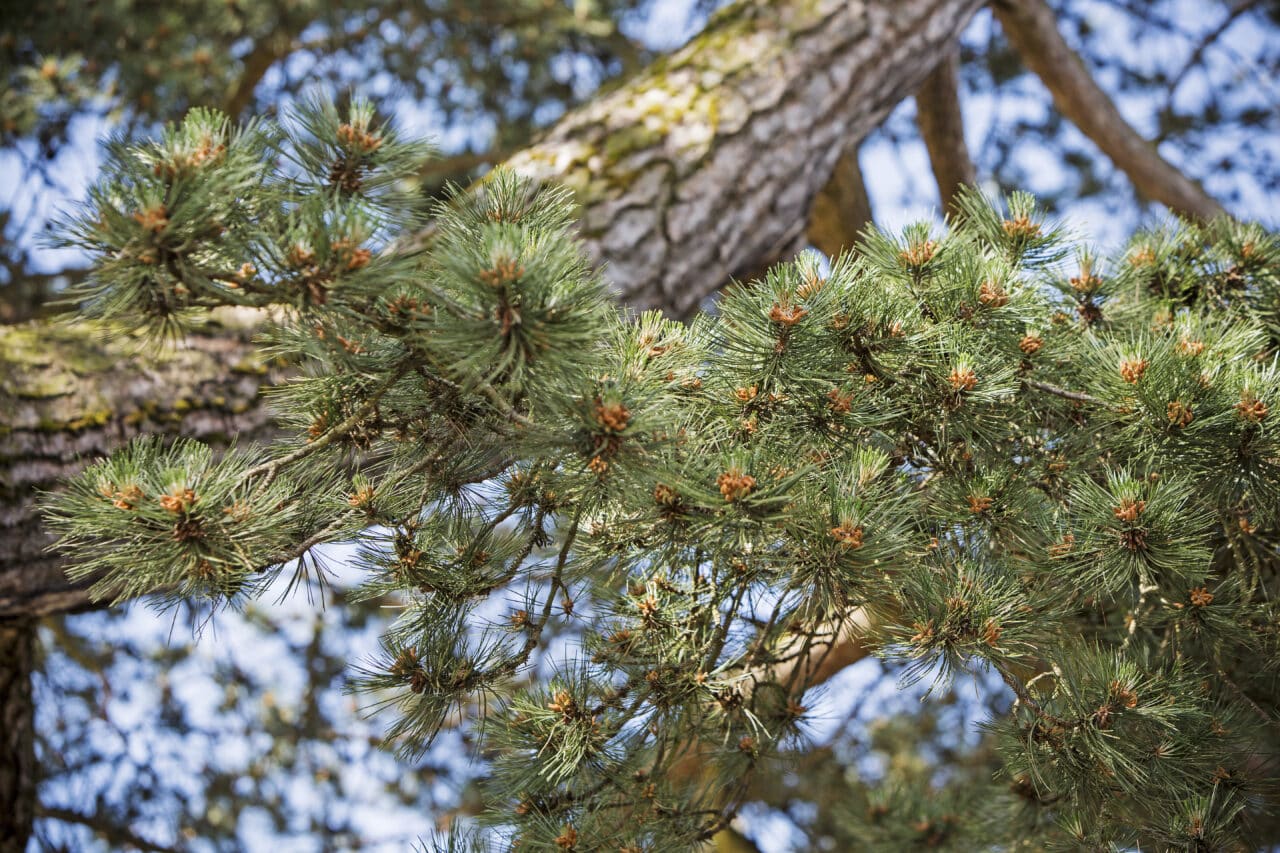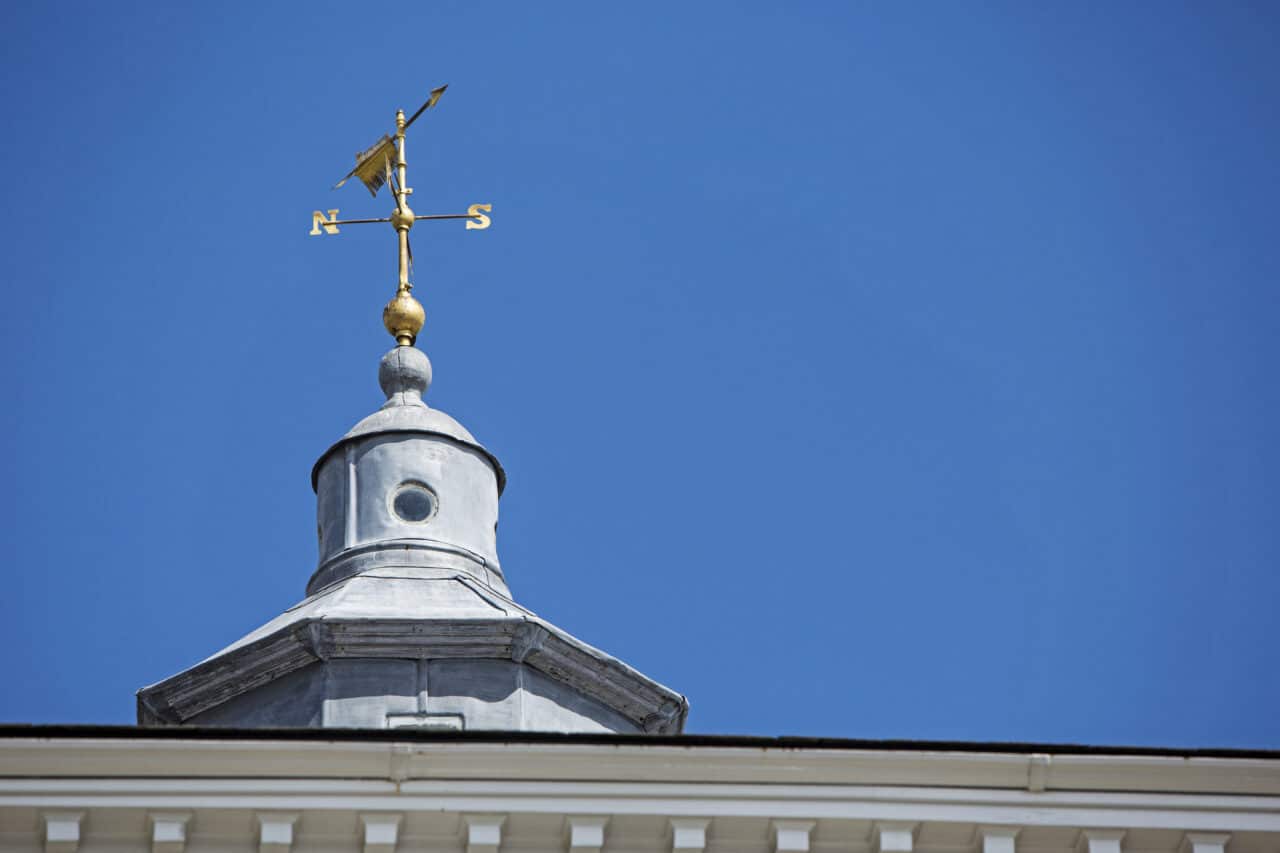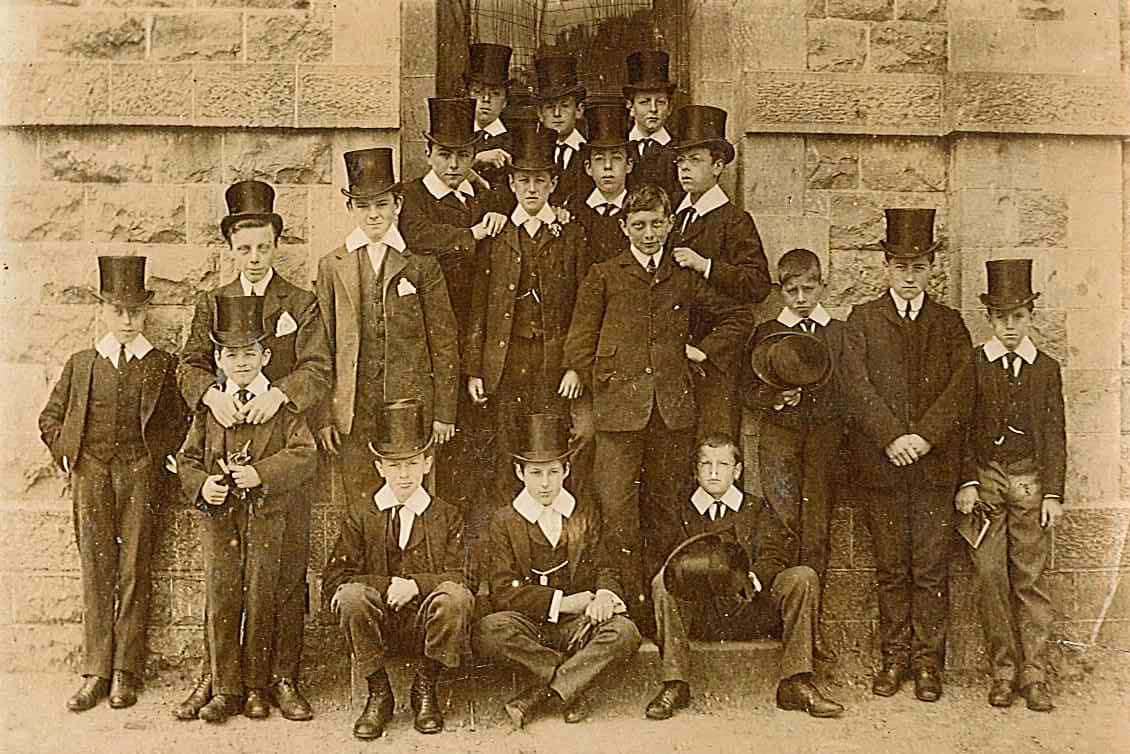
About Us
History of the School
Established by a foundling in the 15th century
In 1432 William Sevenoke died, bequeathing his London properties to the people of Sevenoaks to establish a free grammar school and almshouses for the poor. This was a very unusual bequest for the early fifteenth century, when many people left their possessions to the Church, and makes Sevenoaks one of the oldest secular school foundations in England.
Sevenoke was believed to be a foundling, discovered in the parish of Sevenoaks and adopted by a local landowner. He rose to become Mayor of London in 1418.
“About the latter ende of the reigne of King Edwarde the thirde, there was found (lying in the streetes at Sennocke) a poore childe.”
-William Lambarde, A Perambulation of Kent, 1576
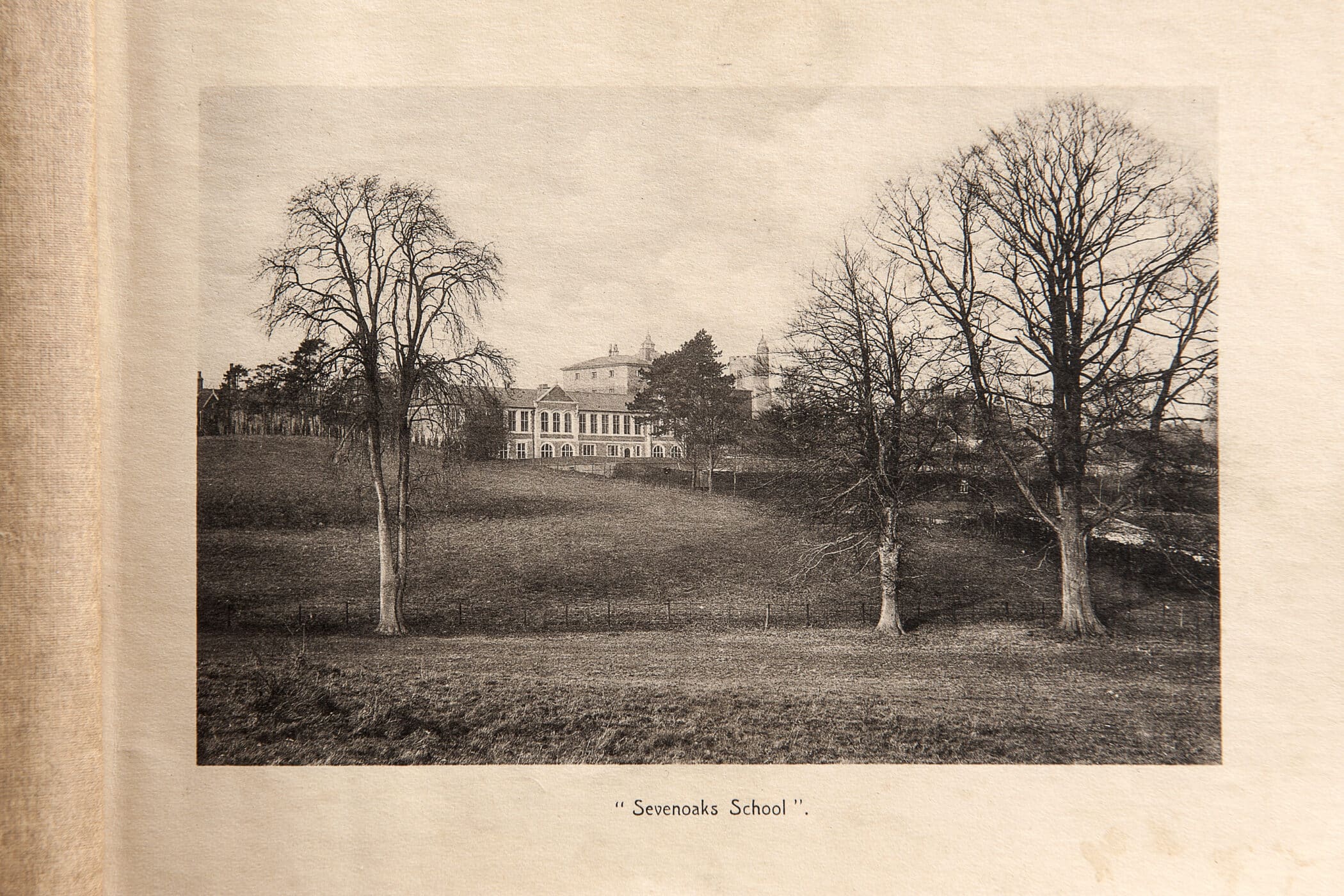

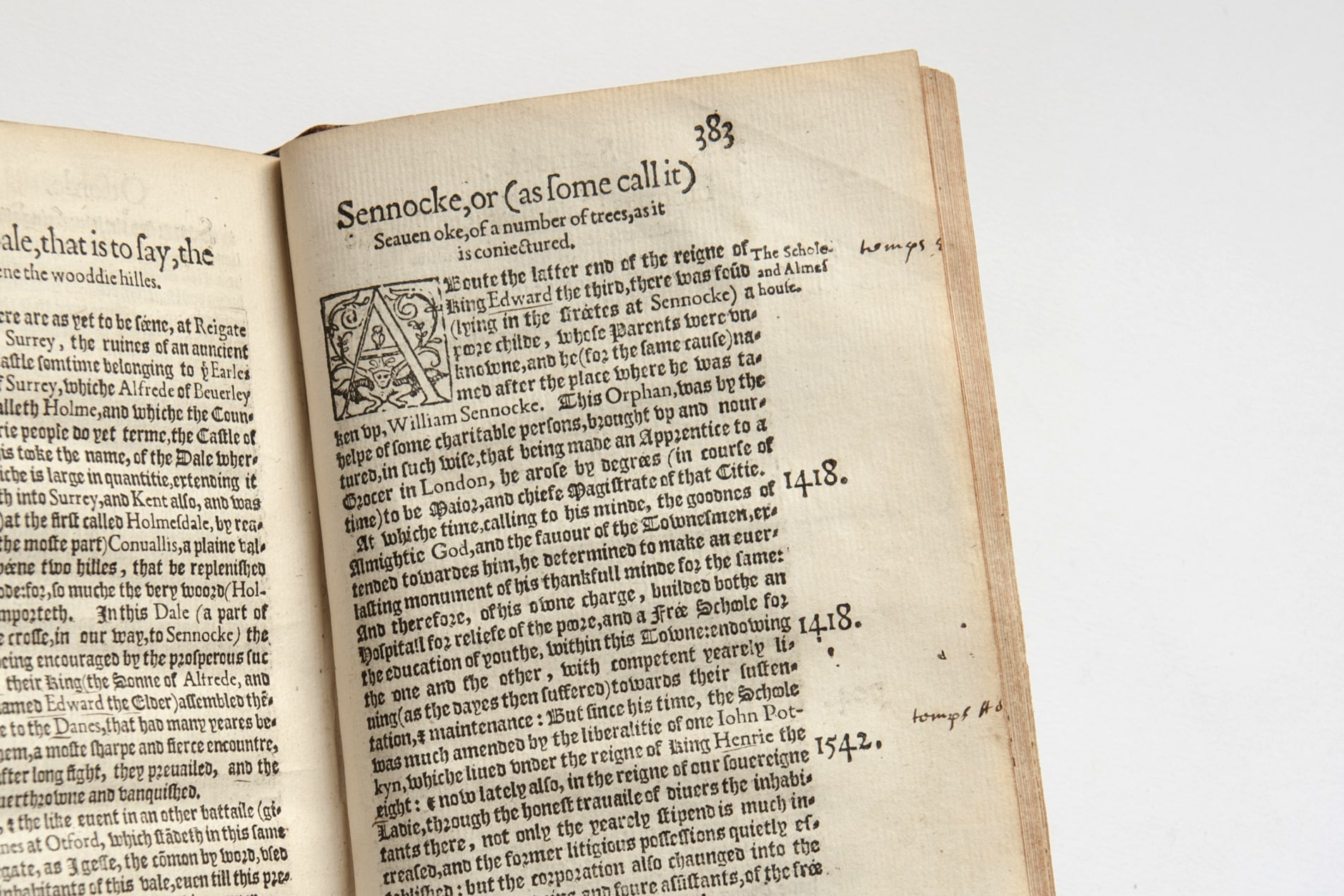
An early modern grammar school
The story of Sevenoke’s origins proved attractive to writers of the early modern period, a time when many other grammar schools were founded in England, and this brought the school to the attention of a national readership.
The school flourished between 1550 and 1650, experiencing financial growth, taking boarders and rebuilding the schoolhouse. In 1560, a year after she visited the area, Elizabeth I issued Letters Patent incorporating the school and granting it a seal, now used as our school logo.
A major redevelopment of the site took place in 1732. The unusual Palladian buildings, constructed with Kentish ragstone, were based on a design by the leading contemporary architect Lord Burlington and are still in use, with Old School still flanked by the Sevenoaks Almshouses. For their first 100 years the buildings were roofed with pantiles, which would have been reddish in colour, adding to the rustic appearance considered architecturally suitable for a charitable institution.
In the 1770s the school is thought to have welcomed its first international student, Huang Ya Dong, probably England’s earliest Chinese school pupil. Sevenoaks was by then taking some fee-paying scholars. The nineteenth century saw a change of governance, the introduction of new facilities and a strengthening academic and sporting record. Student numbers gradually increased into the 1900s and a public school esprit de corps was encouraged.
“It will hardly be credited, but on Sundays, we all wore top hats.”
– EJ King-Farlow (OS 1908)
A period of curricular and co-curricular innovation followed in the mid-twentieth century under the pioneering headship of Kim Taylor (1954-68), who introduced technology classes, encouraged interdisciplinary studies, pioneered a Voluntary Service Unit and opened an international boarding house.
The school adopted the IB in 1978; it was the first HMC institution to do this. In 1999 the decision was made to go all-IB in the Sixth Form, moving away from A-levels completely. In 1976 the school admitted girls into the Sixth Form, and in 1984 all entry points were opened to girls so that the school could become fully co-educational. In 2002 Katy Ricks was appointed, the school’s first female Head in its 570-year history.
Today the school is known for its curriculum innovation, international outlooks, voluntary service programme and world-class academic reputation.
Stories from our Archives Sevenoaks School in literature Our first international pupil
